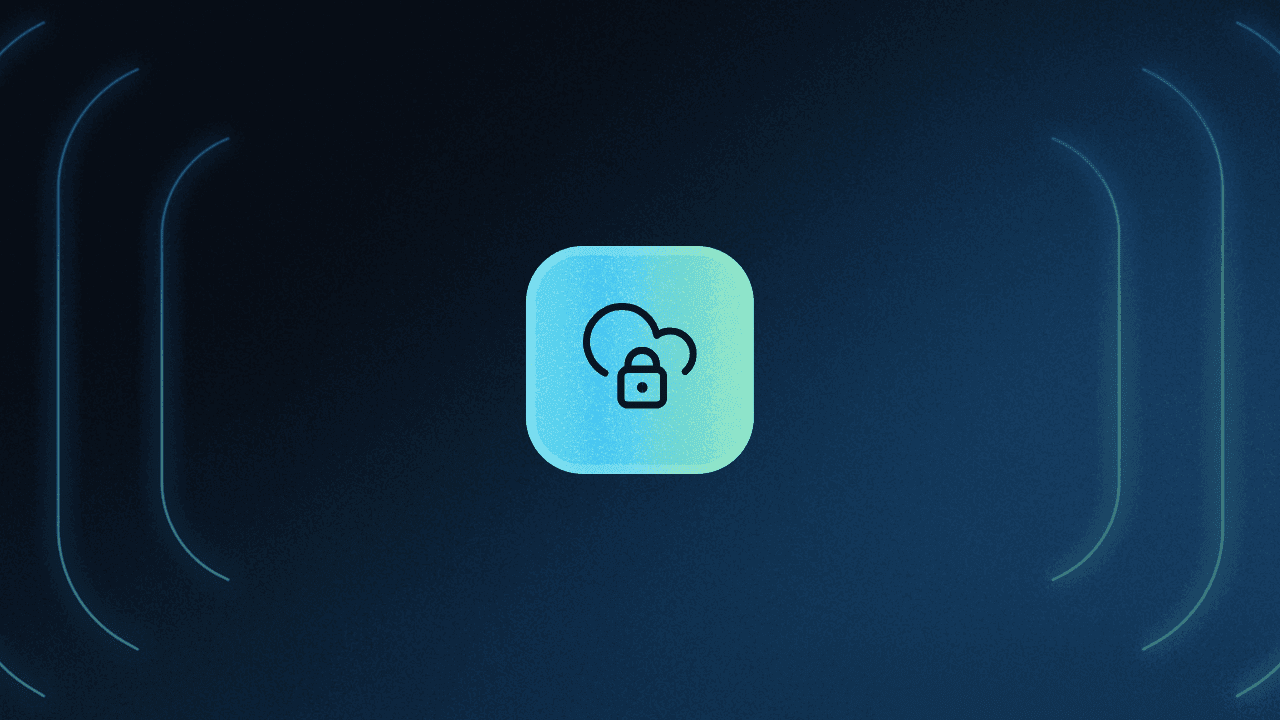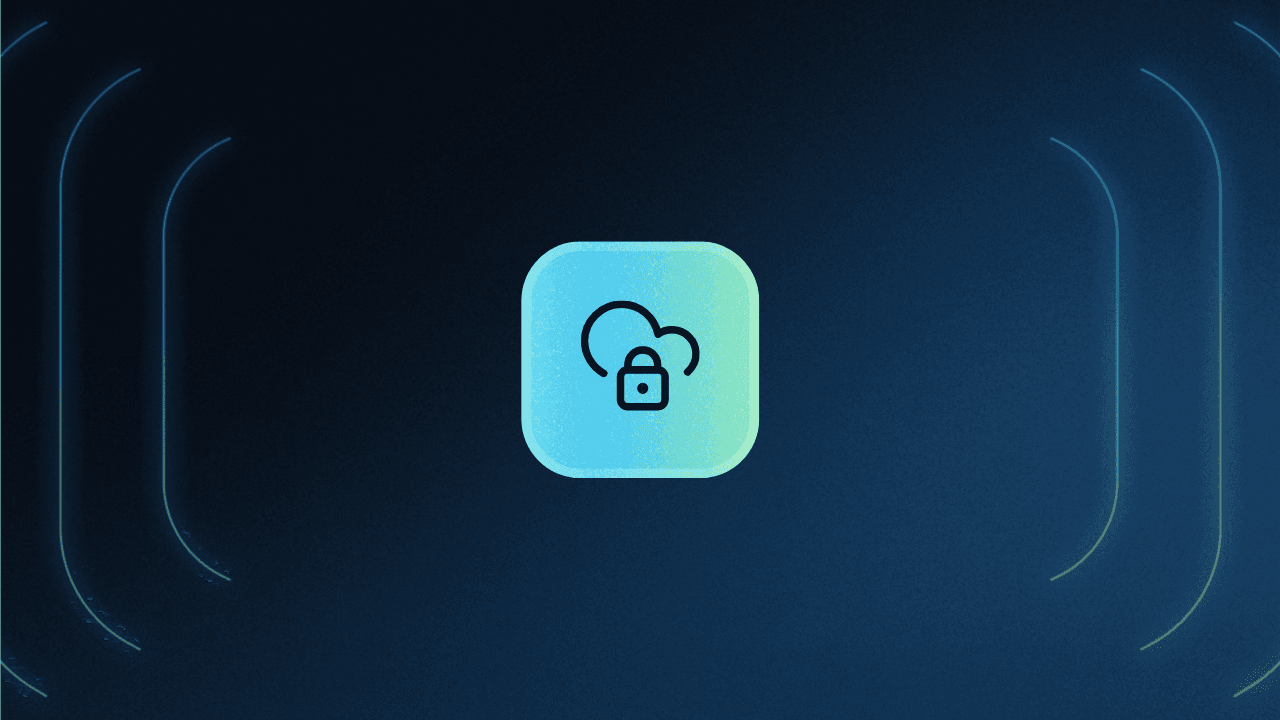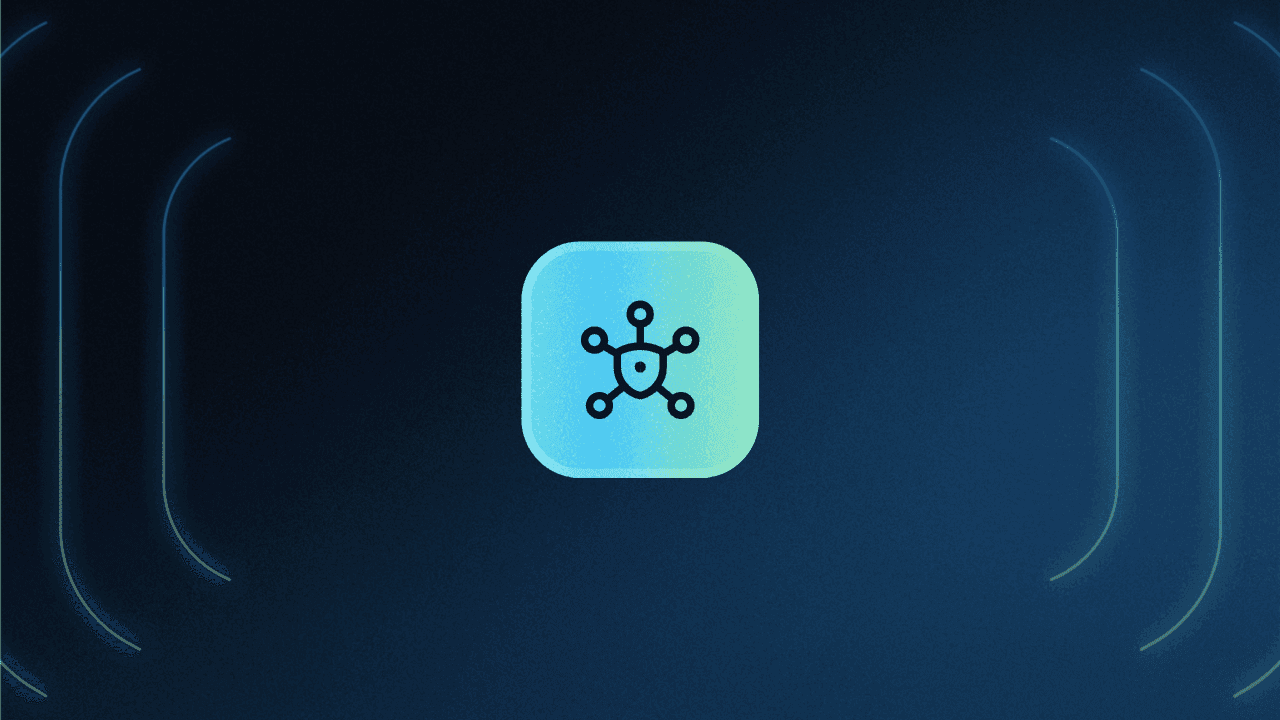Table of Contents
What is cloud-based authentication?
When developers hear “cloud authentication,” it can mean two very different things. One is authentication for cloud services. The other, which this blog explores, is authentication hosted in the cloud: outsourcing the identity layer of your application to a managed platform.
Instead of building and maintaining your own authentication servers, cloud-based authentication lets you connect to a provider that handles identity verification securely over the internet. This approach gives you scalability, reliability, and modern security standards without the burden of maintaining infrastructure.
In this guide, we’ll break down how cloud-based authentication works, its key benefits, the methods it supports, and what to look for when choosing a provider.
Main points
Cloud-based authentication moves identity verification, MFA, and session management to a hosted platform rather than on-premises servers.
It gives developers scalability, security, and reliability without the overhead of managing authentication infrastructure.
Modern CIAM providers like Descope support flexible methods through APIs or visual workflows.
What is cloud-based authentication?
Authentication is one of the most fundamental and often most frustrating parts of building any digital product. It’s required for nearly every app, yet it’s also one of the hardest systems to maintain securely over time. Credentials must be verified, tokens issued and validated, sessions managed, and security policies enforced, all while protecting against threats like credential stuffing, phishing, and bot abuse.
Cloud-based authentication shifts this responsibility from your servers to a trusted identity platform hosted in the cloud. Instead of building and maintaining your own authentication backend, your application delegates identity verification to a provider that manages it through secure, standards-based APIs.
In practical terms, this means authentication logic—including sign-up, sign-in, token issuance, MFA enforcement, and session lifecycle management—runs within the provider’s infrastructure rather than your own. Developers integrate once and rely on the provider to handle scalability, uptime, encryption, patching, and compliance.
This approach marks a major change from on-premise or self-hosted systems, where you would have to maintain servers, SSL certificates, patch schedules, and redundant databases. Cloud authentication offloads that entire stack to a dedicated platform. Because providers operate at scale, they continuously update their services with stronger encryption, automated monitoring, and compliance frameworks such as SOC 2, ISO 27001, and GDPR.
Modern Customer Identity and Access Management (CIAM) platforms, like Descope, Auth0, Okta, Azure AD, and Amazon Cognito, represent this cloud-first model. They offer modular building blocks for authentication and authorization, including SDKs, prebuilt UI components, and workflow editors that help teams ship secure, user-friendly authentication faster and with fewer resources.
For developers, this means fewer identity fires to put out and more time to focus on what actually moves the product forward.
How cloud-based authentication works
At a high level, cloud-based authentication replaces the traditional login backend with a secure, hosted identity layer. Instead of verifying credentials on your own servers, your application connects to a cloud identity provider (IdP) through APIs or SDKs that handle every step of the process.
Here’s what happens behind the scenes:
User initiates login. The user enters credentials or uses a passwordless method such as a magic link, passkey, or biometric prompt.
App sends authentication request. The application securely forwards the request to the cloud provider using a standard protocol, like OpenID Connect (OIDC) or OAuth 2.1.
Provider validates identity. The provider checks the submitted credentials or tokens against its configured methods.
Tokens issued. Once the user is authenticated, the provider issues cryptographically signed tokens (typically JSON Web Tokens (JWTs)) that represent the user’s verified identity and access privileges.
Access granted. The application uses the token to authorize access to protected routes, APIs, or services. If needed, the provider can refresh or revoke the token.
Most modern cloud-based systems also handle session management, revocation logic, and auditing automatically. Developers can configure how long sessions last, when MFA should be enforced, or which applications can trust the same identity tokens.
This approach eliminates the need to store and validate credentials locally, reducing risk exposure and simplifying compliance. It also enables cross-platform authentication: the same identity provider can secure web apps, mobile apps, and APIs through consistent token-based logic.
Platforms like Descope extend this model with visual workflow builders and SDKs for popular frameworks. Developers can define logic such as “If user logs in from a new device, trigger MFA” or “After password reset, require passkey registration,” all through secure cloud flows that don’t require rewriting authentication code.
In essence, cloud-based authentication abstracts away the infrastructure and security complexity of identity verification while still giving developers full control over policies, user experiences, and integrations.
Key benefits of cloud authentication
Cloud-based authentication isn’t just a convenient alternative to on-premise systems. It represents a fundamental shift in how teams build, secure, and scale identity. By offloading authentication to a managed, standards-based platform, developers can achieve stronger security, faster releases, and more resilient systems.
1. Scalability without infrastructure overhead
Traditional authentication systems often struggle to scale efficiently. Adding users means adding servers, managing databases, and monitoring uptime.
With cloud authentication, the provider automatically scales capacity based on demand. Whether you have hundreds of users or millions, performance remains consistent. This elasticity is especially valuable for SaaS platforms or consumer apps that experience traffic spikes during product launches or seasonal activity.
2. Continuous security and compliance
Security is no longer a one-time setup. Password hashing algorithms evolve, attack surfaces expand, and compliance frameworks grow more complex. Cloud providers handle these updates behind the scenes.
They maintain encryption at rest and in transit, perform regular vulnerability patching, and comply with standards. Many also include built-in monitoring, audit logging, and anomaly detection to help prevent account takeovers and brute-force attacks.
3. Simplified user experience
A well-designed identity flow should strengthen security without frustrating users. Cloud platforms make this balance easier to achieve by offering multiple prebuilt authentication methods.
Developers can support traditional logins, social sign-ins, or passwordless options like magic links and passkeys. Providers such as Descope also make it simple to combine these methods with contextual checks—such as requiring MFA only when risk signals are high—to keep the experience seamless while maintaining strong security.
4. Lower operational costs
Running authentication in-house requires hardware, maintenance, and constant security oversight. Cloud-based solutions replace these capital expenses with predictable, usage-based pricing.
The cost savings aren’t only financial. Offloading maintenance tasks frees up developer time to focus on building new features and improving product performance.
5. Developer-friendly integration
Modern CIAM platforms give developers a rich set of tools to integrate authentication quickly and safely. SDKs, REST APIs, and visual flow builders simplify complex identity tasks.
For example, Descope’s drag & drop flow editor lets teams design authentication flows with minimal coding, while its SDKs and webhook integrations handle the backend logic. This flexibility means developers can implement best-practice authentication in hours rather than weeks, without compromising security or customization.
Common authentication methods supported in the cloud
One of the biggest advantages of cloud-based authentication is flexibility. Modern identity platforms allow developers to choose from a range of authentication methods that balance usability and security. These methods can be configured individually or layered together to create adaptive, multi-factor experiences tailored to your application’s risk profile.
Passwordless authentication
Passwordless authentication removes traditional credentials altogether, verifying identity through something the user already possesses or inherently is. This approach eliminates password reuse, phishing risk, and the administrative overhead of password resets.
Common passwordless methods include:
Magic links: One-time links sent to a verified email or messaging channel. Clicking the link confirms ownership of that channel and grants instant access.
Passkeys: Cryptographic credentials stored securely on a device and validated through WebAuthn and FIDO2 standards. Passkeys enable fast, phishing-resistant authentication using built-in biometrics or device PINs.
Single sign-on (SSO)
SSO allows users to authenticate once and gain access to multiple connected applications. SSO is typically implemented through SAML 2.0 or OIDC protocols, which establish trust between an IdP and various service providers (SPs).
This setup improves both security and user experience: users don’t need to remember multiple passwords, and administrators can centralize access management and enforce consistent policies. For organizations, SSO reduces identity sprawl and supports integrations with popular enterprise directories such as Microsoft Entra ID and Google Workspace.
Federation
Federation extends SSO across organizational boundaries. It allows identity providers in different domains—such as a partner company, supplier, or customer portal—to establish mutual trust. When users log in through their home IdP, your application validates their credentials through a secure token exchange rather than creating duplicate accounts.
Federated authentication is key for B2B and multi-tenant applications that need to onboard external organizations quickly while maintaining centralized control and compliance.
Adaptive authentication
Adaptive authentication, sometimes called risk-based authentication, dynamically adjusts verification requirements based on real-time context. Instead of enforcing MFA for every login, the system evaluates signals such as:
Device fingerprint or browser profile
IP address and geographic location
Login frequency and behavioral patterns
If the login appears normal, the user proceeds without friction. If anomalies are detected, the system can trigger an MFA challenge or deny access.
Choosing the right cloud authentication provider
Not all cloud authentication platforms are built the same. Some focus on enterprise identity and compliance, while others prioritize developer experience and flexibility. The right choice depends on your application architecture, scale, and security requirements. Evaluating providers through a few key lenses can help narrow the field.
Ease of integration
A strong authentication platform should meet you where you already build. Look for SDKs, APIs, and UI components that work with your existing tech stack and frameworks.
Integration should be straightforward enough to add sign-up, sign-in, and MFA flows without deep backend rewrites.
Security and compliance
Security should always be the baseline, not an add-on. Choose a provider that manages encryption keys securely, supports MFA and adaptive access controls, and complies with your industry standards and regulations.
Equally important is transparency around incident response, data residency, and audit logging. A provider’s ability to detect and mitigate anomalies can significantly reduce your overall risk exposure.
Flexibility
Authentication should adapt to your business, not the other way around. Look for providers that support custom workflows, multi-tenant environments, and extensibility through APIs or webhooks.
This flexibility lets teams design tailored authentication experiences for different user types, integrate new identity providers, or roll out advanced models like delegated access and just-in-time provisioning without major refactoring.
Developer experience
The best authentication platforms are built with developers in mind. Evaluate how complete and usable the documentation is, whether sample apps or SDKs exist for your preferred frameworks, and if there’s a sandbox environment for testing safely.
A good developer experience doesn’t just save time—it reduces implementation errors and improves long-term maintainability. Descope, for example, emphasizes no-code and low-code workflows paired with developer-grade APIs, making it easy to start quickly and scale without friction.
Cost and scalability
Pricing models can vary widely. Some providers charge by monthly active users, while others meter API calls or authentication volume. Before committing, consider how pricing scales with your projected growth and whether advanced features require separate add-ons.
Cloud-based authentication simplified with Descope
Cloud-based authentication has become the smarter, faster way to manage identity at scale. It removes the burden of maintaining infrastructure while giving teams stronger security and more flexibility to innovate.
If you’re exploring a cloud-based authentication platform, Descope offers the best of both worlds: developer control and no-code simplicity. You can build passwordless, SSO, or adaptive authentication flows through a visual editor or your preferred SDKs without managing backend complexity.
Sign up for a Free Forever account today or book a demo with our experts.





